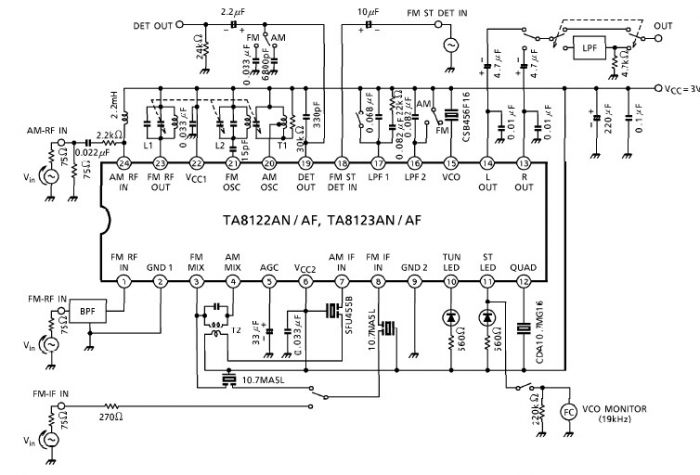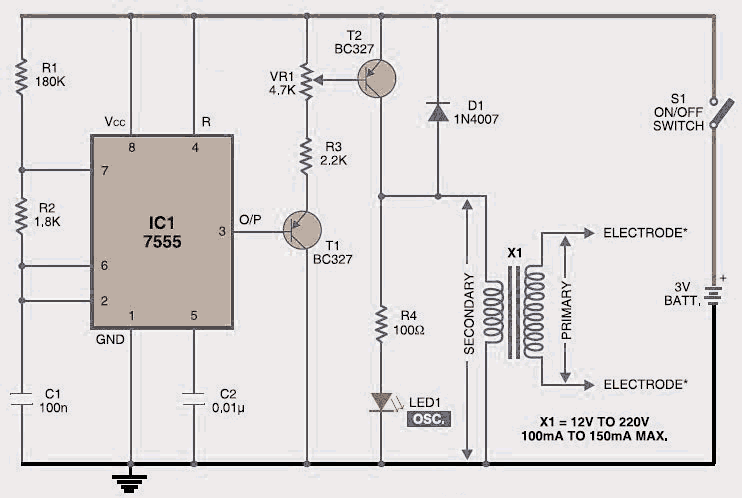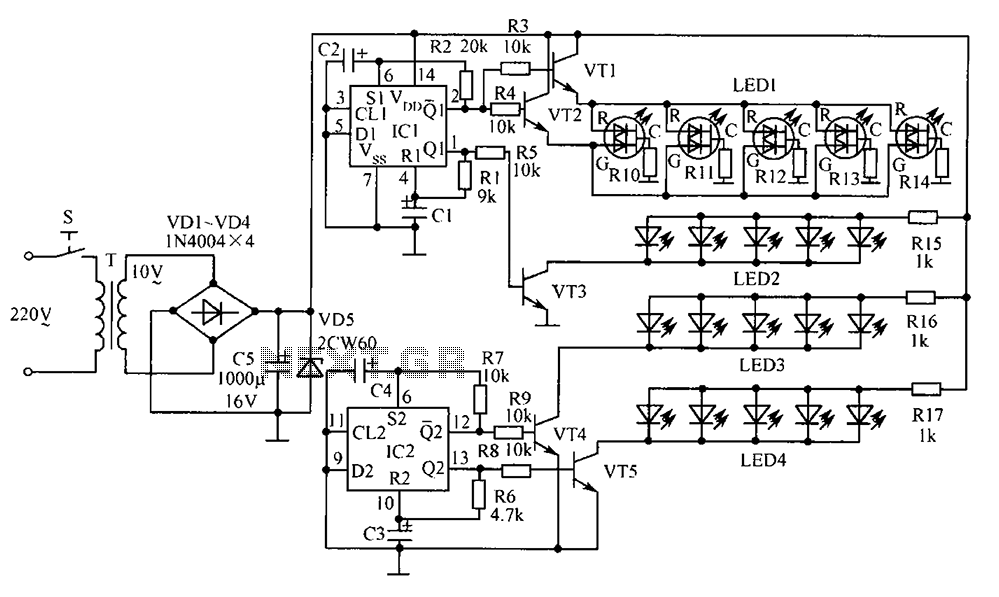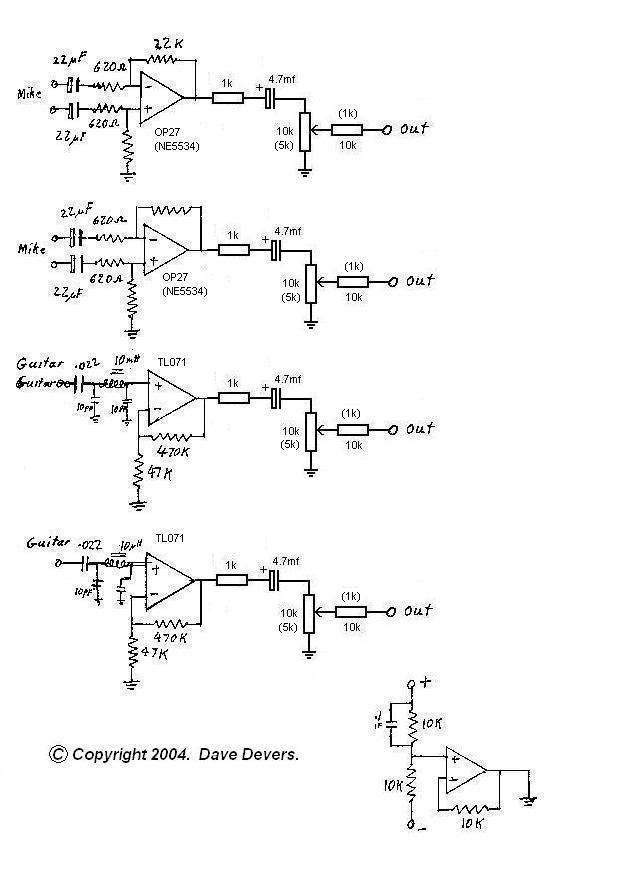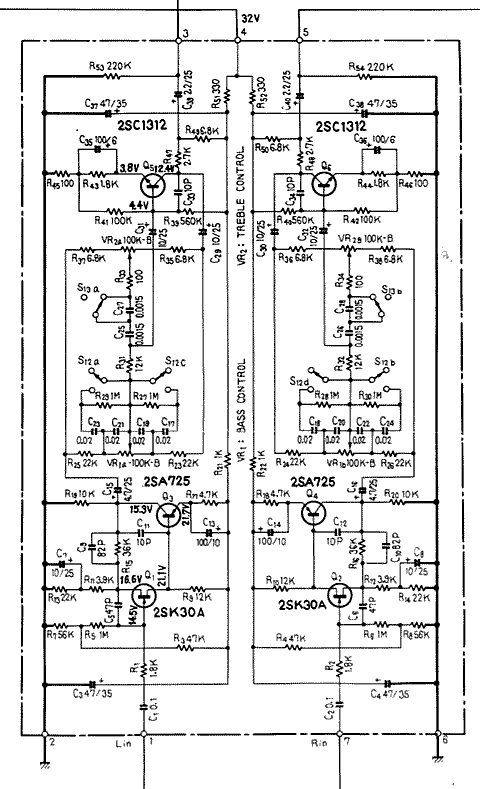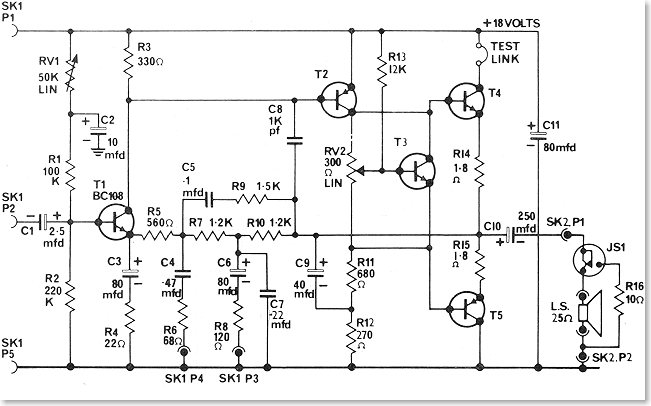
Radio Controlled Electronic Flash
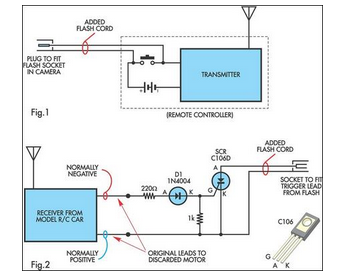
A radio-controlled electronic flash is an essential tool in any photographer's kit. Professionals frequently utilize them, such as wedding photographers.
A radio-controlled electronic flash system typically consists of a transmitter and one or more receivers. The transmitter, often mounted on the camera, sends a signal to the flash units, which can be positioned away from the camera to create more dynamic lighting effects. This system allows for remote triggering of the flash, enabling photographers to control lighting from various angles and distances.
The transmitter usually operates on a specific frequency, ensuring reliable communication with the receivers. The receivers are connected to the flash units, which can be either built-in or external. Each flash can be adjusted for power output, allowing for precise control over the intensity of the light emitted. Some systems also support multiple channels, enabling the use of multiple flash units simultaneously without interference.
In terms of power supply, these flashes often utilize rechargeable batteries, providing a balance between portability and performance. The design of the flash units typically incorporates a high-capacity capacitor to store energy for quick discharge, allowing for rapid firing rates essential for capturing fast-moving subjects.
Photographers can also benefit from features such as TTL (Through The Lens) metering, which automatically adjusts the flash output based on the camera's exposure settings. This feature simplifies the process of achieving the correct exposure, particularly in dynamic shooting environments.
Overall, a radio-controlled electronic flash enhances the versatility and creativity of lighting techniques in photography, making it an indispensable component for both amateur and professional photographers.A radio controlled electronic flash is a useful item in any photographer s kit. Professionals use them all the time. For example, a wedding photographer w.. 🔗 External reference
A radio-controlled electronic flash system typically consists of a transmitter and one or more receivers. The transmitter, often mounted on the camera, sends a signal to the flash units, which can be positioned away from the camera to create more dynamic lighting effects. This system allows for remote triggering of the flash, enabling photographers to control lighting from various angles and distances.
The transmitter usually operates on a specific frequency, ensuring reliable communication with the receivers. The receivers are connected to the flash units, which can be either built-in or external. Each flash can be adjusted for power output, allowing for precise control over the intensity of the light emitted. Some systems also support multiple channels, enabling the use of multiple flash units simultaneously without interference.
In terms of power supply, these flashes often utilize rechargeable batteries, providing a balance between portability and performance. The design of the flash units typically incorporates a high-capacity capacitor to store energy for quick discharge, allowing for rapid firing rates essential for capturing fast-moving subjects.
Photographers can also benefit from features such as TTL (Through The Lens) metering, which automatically adjusts the flash output based on the camera's exposure settings. This feature simplifies the process of achieving the correct exposure, particularly in dynamic shooting environments.
Overall, a radio-controlled electronic flash enhances the versatility and creativity of lighting techniques in photography, making it an indispensable component for both amateur and professional photographers.A radio controlled electronic flash is a useful item in any photographer s kit. Professionals use them all the time. For example, a wedding photographer w.. 🔗 External reference
